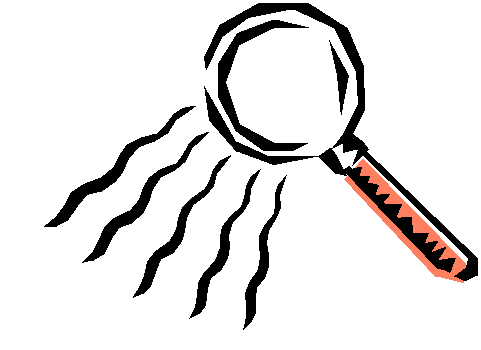 a written narrative that tells the story as it happens.
a written narrative that tells the story as it happens. So the next step is consider an appropriate example of this observation technique.
This anecdotal obsevation tells a story of two 3 year old girls playing in the home corner of an Education Nursery. The observation is focused on observing social development.
 Introduction
Introduction  Schedule
Schedule  Charts and Pictograms
Charts and Pictograms  Time Sampling
Time Sampling  Event Sampling
Event Sampling  Target Child
Target Child 